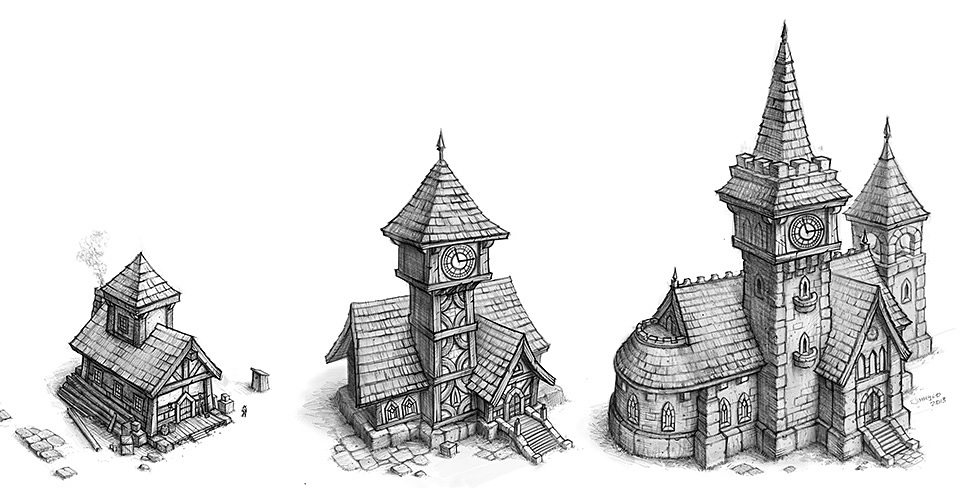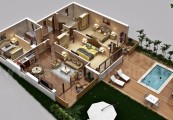Facts You Never Knew About Concept Art in Animation
Let’s assume that you are a project manager and for an upcoming project, you have been tasked with coming up with the initial design. You would probably want to create a prototype of what the product would look like when it is completely finished to the last detail.
Rather, look at it the other way round. You get started on the project with the rest of the team, putting in long hours of labour, with a certain cost that is agreed for this development.
The product is tested and delivered to the customer for a sign-off. To your surprise, the customer rejects the product saying this was not the design or feature they were looking for. Now what happens to that investment? If the team had created a prototype, and had taken customer feedback ahead of the development, this problem could have been avoided.
 Similarly, when it comes to working in the field of animation, films, videos, comics, or gaming, where the projects or themes are driven by creative elements, the designers first come up with what is known as concept art.
Similarly, when it comes to working in the field of animation, films, videos, comics, or gaming, where the projects or themes are driven by creative elements, the designers first come up with what is known as concept art.
This basically gives the guidelines for the entire story including what elements will be included, what will be excluded and where they are going with this. It works both ways. Artistic elements can be developed based on the feel the designers get from the story and new visual elements can also become another output from the creative process.
Concept art could be just a rough sketch of the story and if the lead overseeing the project gives the approval, this sketch is then moved into production for a more realistic and accurate detailing.
Read also: 3D Animation software The Good, the Bad, and the Ugly
3D Animation is a time saving technique which harnesses a multitude of designs to enable the people involved, see the bigger picture. Imagine roping in modelers and animators to create a design that involves a lot of time, resources and money, to present to your customer and it is sent back? But note that this is not meant to be confused with illustrations.
While on the outset, it may seem that both use similar techniques, their end goal is quite different. An illustration can be considered as a final finished piece of art that corresponds to the idea, while concept art is a few notches below; in that the purpose is to quickly demonstrate the visual representation roughly for the overall story.
So it just sets the backdrop for a discussion and firming up the idea, identifying kinks and correcting it, so the end result is in alignment with the discussions and understanding in the initial stages. So as you can see, concept art is only a small part in the overall production process, but a critical one that makes a huge impact to the entire project. The field of creativity has endless possibilities.
As magical as it sounds, it can also get complicated with more room for an oversight. The remedy lies in concept art, which brings the entire team together based on an agreed creative idea.


